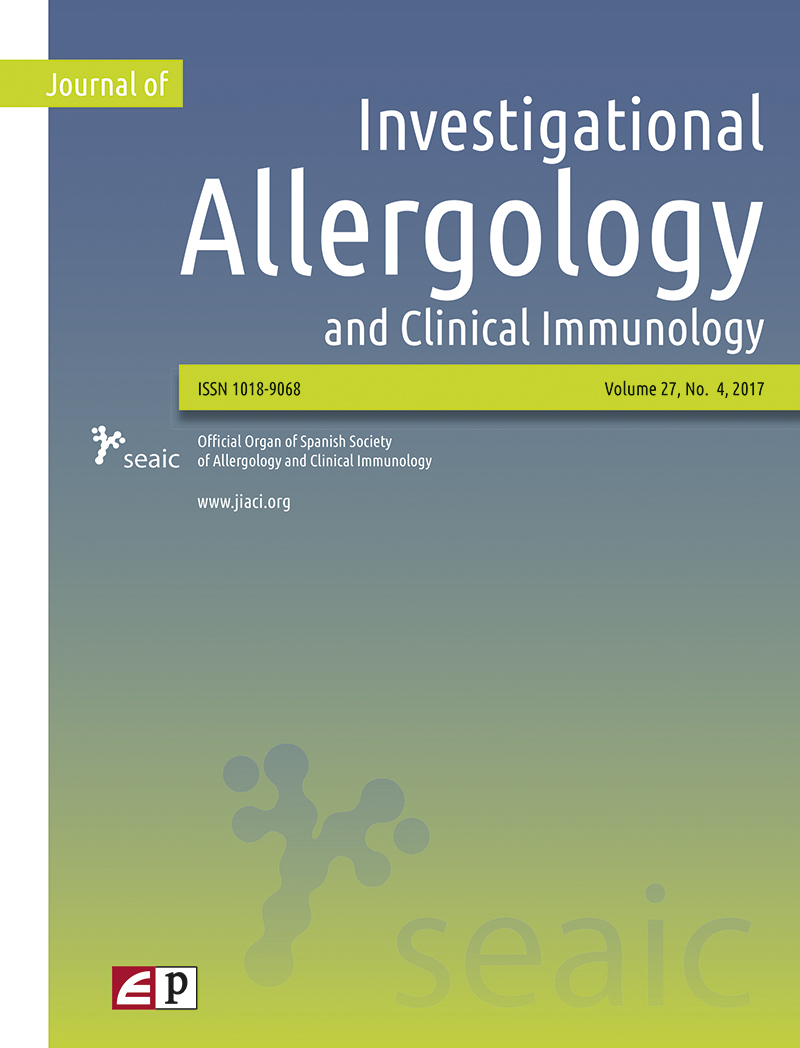
J Investig Allergol Clin Immunol. 2017 Jun;27(Suppl. 1):1-352
Authors: Dominguez-Ortega J, Delgado J, Blanco C, Prieto L, Arroabarren E, Cimarra M, Henriquez-Santana A, Iglesias-Souto J, Vega-Chicote JM, Tabar AI
Abstract
Asthma is frequently associated with atopy, characterized by the production of specific immunoglobulin E in response to environmental allergens. Currently, two types of allergen immunotherapy (AIT) are used in clinical practice: subcutaneous and sublingual immunotherapy, both accepted as key components of the therapeutic repertoire for allergic rhinitis and conjunctivitis. However, their role in asthma remains controversial. The present document is aimed at providing the clinicians with a review of the evidence on the use of AIT in asthma, focusing on the most relevant aspects of its mechanism of action, its efficacy, and existing data on safety, tolerability, and cost-effectivity, both in pediatric and adult populations. A systematic search of MEDLINE, Cochrane, and Clinical Trials databases from 2000 to April of 2016 was carried out by a panel of experts from the Spanish Allergy and Clinical Immunology Scientific Society. Relevant studies prior to the year 2000 included in ulterior systematic reviews were also considered. More than 4000 articles were identified during the search and 241 were selected to retrieve available evidence on AIT, which was graded according to the Oxford classification. All the group members reviewed the resulting text until the final version reached the consensual agreement. A summary of recommendations on the more relevant topics are proposed. The role of AIT as a valuable therapeutic strategy for prevention of exacerbation and progressive decline in lung function is highlighted. Future research should include specific tools for asthma evaluation when assessing AIT effectiveness in asthmatic patients.
